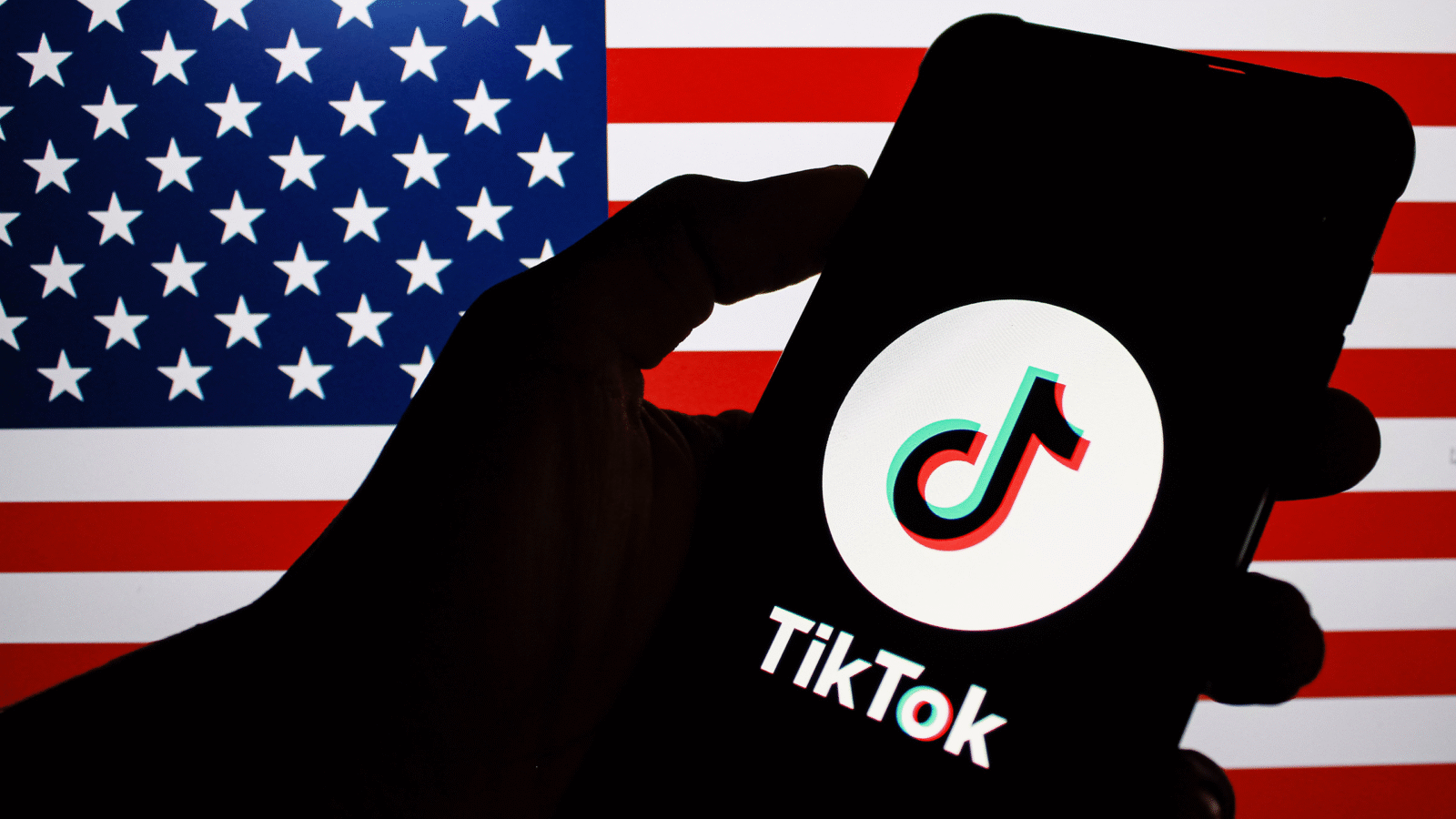Sign up for smart news, insights, and analysis on the biggest financial stories of the day.
2020 looked good on Lululemon – the company’s shares were up nearly 60% this year.
Now, Lululemon is looking to stretch its strong U.S. foundation across the globe. Remains to be seen if the strategy will be more resilient than their 2013-era leggings.
The Path to World Domination
The pandemic fueled demand for Lulu’s wears in order to relax, exercise, or be forgiving on the waistline during the pandemic
While the company’s overall sales rose 22% in the third quarter, international sales shot up 45%, including a 100% jump in China.
Still, as of this fall only 14% of Lululemon revenue was generated overseas. The athleisure brand is plotting an international store expansion and marketing push from the UK to Japan that could triple the proportion of their revenue coming from outside the US.
While peers cut their brick-and-mortar fleets in half, Lululemon’s hoping to become a staple in luxury shopping districts around the world.
- Currently, only 140 of Lululemon’s 515 spandex emporiums are outside North America. They plan to add to their 50 stores in China and 16 stores in the UK. Japan, South Korea and Germany are also slated for ribbon-cuttings.
Lululmeon’s digital sales grew 94% in the last quarter. On top of e-commerce, the global push will include Mirror, the home gym tech start-up Lululemon acquired this summer for $500 million.
Not Your Sister’s Leggings
Lululemon squatted to success on the thighs of a very particular consumer: female, affluent, millennial and interested in niche fitness like yoga. They’re now hoping to capture a more diverse global customer.
Menswear, which has been outperforming other areas overseas, is at the center of the global expansion. The brand hopes to double menswear sales from 2018 figures by 2023, bringing it up to $1.4 billion.
Lululemon isn’t planning to hit that figure hawking “meggings”.
- The brand’s been beefing up its men’s inventory, which now includes trendy sweatpant cuts, running gear, polos, puffer vests and streetwear-style hoodies, to compete with Champion, Nike and Under Armour.
- Before the pandemic, GQ points out, Lululemon was luring customers away from Brooks Brothers and J. Crew with their “ABC” (anti-ball crushing) line of chinos and trousers.
“A large percentage of [male consumers] are not aware of Lululemon, or if they are they think of it as a female yoga brand,” McDonald told Financial Times. “We’ve evolved away from that for many years.”
The Takeaway: A twist from their marketing team: Last year, about 40% of the menswear Lululemon sold was purchased by women, presumably for a partner or relative.











